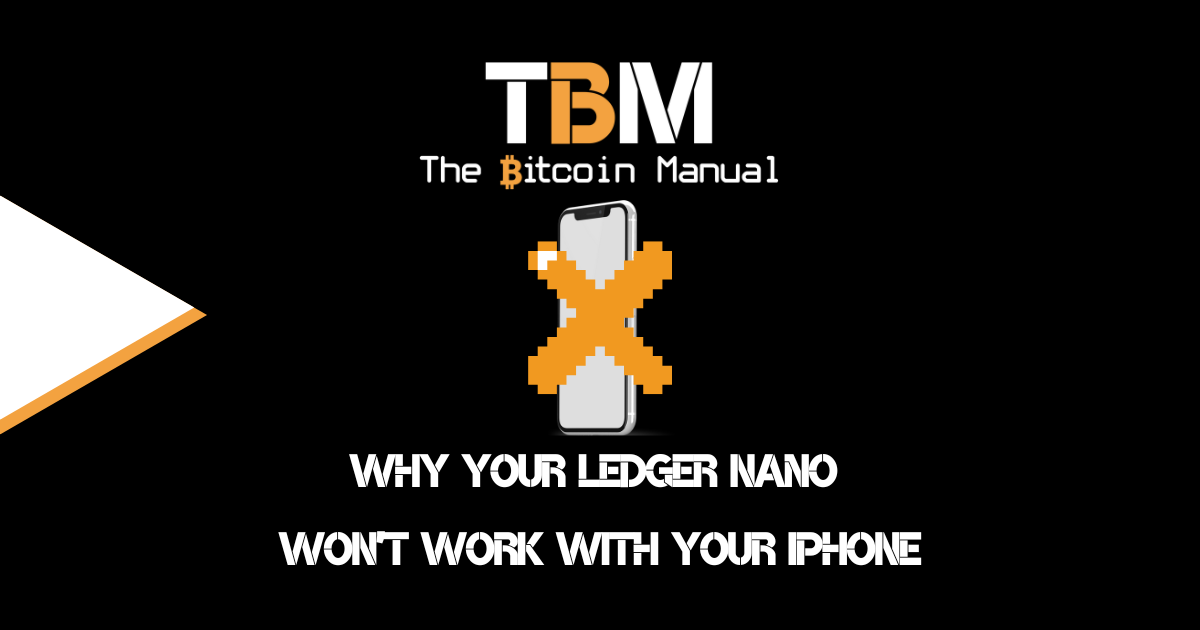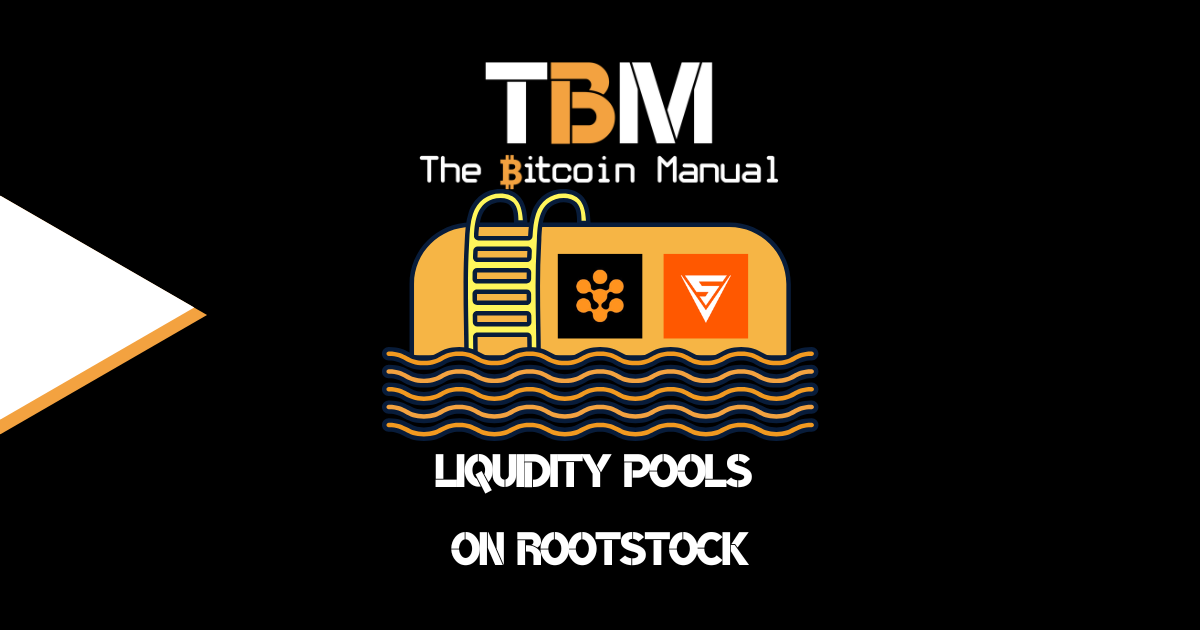The future of Bitcoin scaling is still under debate; while the Lightning Network remains the clear market leader in terms of usage, volume of bitcoin locked, and transaction settlement, that doesn’t mean this will be a one-horse race, and other solutions are welcome to compete for bitcoin users and their precious satoshis.
A new protocol called Rollkit has just launched its first phase for Sovereign Rollups, offering the cryptocurrency a revolutionary scaling solution. This fledgling protocol gives Bitcoin users an opportunity to benefit from both an increased transaction throughput and access to a host of additional features.
This year we’ve seen a controversial update to bitcoin go live in the form of Ordinals, a way to add serial numbers to satoshis and its accompanying use case, inscriptions, which enable anyone to publish large amounts of data (approximately 3.9MB) to Bitcoin’s blockchain, which people have used to build NFT projects or inscribe random files as a troll or to see if it would work.
Now that this idea has taken hold in the public’s mindset, ideas around how witness data can be used to store additional information continue to be discussed. Bitcoin, unlike other blockchains or cloud storage providers — which might go offline, fork, change developer specs, experience hacks, or migrate data centres remains consistent and immutable.
Bitcoin’s blockchain is a unique, permanent storage solution.
While ordinals remain a use case, we have seen monkey jpeg mania fade in recent weeks, and block space demand has dropped back to normal, which leaves room open for other innovations or ideas to be tried.
In this article, we’ll explain what Rollkit is, how it works, and how it plans to offer off-chain scaling for Bitcoin. We’ll also discuss some of the potential benefits and pitfalls of using Rollkit and Sovereign Rollups and take a look at the technical details of the protocol.
What are rollups?
The regular blocks on bitcoin can only store a limited amount of data, severely restricting how many transactions can be placed in a block using this standard format and how many transactions can be processed by the network. As more users are coming to the bitcoin network and new applications make it easier to broadcast to the network, data traffic increases, which puts pressure on block space.
If the demand for block space continues to increase with user adoption, the only way to prioritise transactions is through the fee market, where the highest bidders will be secured, and the rest will have to wait. This demand for space in the next block drives up fees which are great for miners but not so many users or the appeal and sustainability of the bitcoin network.
If we can’t put more transactions into a block, the other option would be to try and compress the size of transactions or having transactions settle with a delayed final settlement on the blockchain, which is the idea behind rollups.
So, instead of storing and processing a whole transaction, we can store data that includes a series of transactions. Processing transactions off-chain and only submitting the resulting data to the mainnet can help the network process more transactions.
Blockchain rollups’ roll up’ compile a bunch of transactions and turn them into one single data point and signature that can be understood by the bitcoin blockchain and then secured as if it were a single transaction.
The rollup allows users to take the transactions out of the mainnet, process and settle off-chain, convert and, when ready, convert all that transaction history into one single piece of data, and submit them back to the bitcoin main chain.
This is why rollups are also called ‘off-chain scaling solutions.’
Rollups give bitcoin more transaction throughput.
By processing and submitting more transactions in one single piece of data, rollups provide an additional option for bitcoin’s scalability. Rollups need not only apply to the bitcoin base chain but could be applied to other scaling solutions like the Liquid side chain and Drivechains.
There are two types of blockchain rollups with different security models, namely:
What are sovereign rollups?
Sovereign rollup still offers the same solution in creating an environment where transactions can be grouped outside the base layer and later settled on the chain, but unlike ZK and optimistic rollups, Sovereign rollups don’t need smart contracts or use a settlement layer.
This means it preserves the “sovereignty” of the layer 1 while being scalable and secure. Rollkit effectively uses the Bitcoin base layer (L1) for data availability in its integration. But here’s the catch: ultimately, rollups on Bitcoin involve moving BTC in and out of the layer.
While optimistic and zero knowledge rollups utilize additional trust-minimized protocols that can be relayed to the primary layer and allow the main chain to determine the validity of a rollup, a sovereign rollup only uses the underlying L1 for data availability.
What is Rollkit?
Rollkit is a modular rollup framework where developers can plug-in custom execution layers and data availability layers. Initially, Rollkit only supported another blockchain known as Celestia as an option for data availability and consensus. Now, due to bitcoin’s ability to score arbitrary data thanks to taproot, Rollkit claims Bitcoin is an option.
You can now run a sovereign rollup on Bitcoin.
— Rollkit (@RollkitDev) March 5, 2023
Announcing the first research integration of Bitcoin as a data availability layer for sovereign rollups. 🧵https://t.co/HpebxIz3fE
RollKit has completed its “research implementation” of the RollUp infrastructure, using bitcoin (BTC) for data distribution. They claim to have also made it possible to run the Ethereum Virtual Machine (EVM) on Bitcoin as a sovereign rollup, which would use bitcoin as the base asset to pay for smart contract computation.
This new integration expands the possibilities for rollups, and also has the potential to help bootstrap a healthy block space fee market on bitcoin, enabling a more sustainable security budget.
The Rollkit developers read and write data on the blockchain using Taproot transactions and producing the “bitcoin-da ” package to offer the required interface.
Rollkit have also added the “Submitblock” and “RetrieveBlock” capabilities to Rollkit to allow it to communicate with Bitcoin.
Rollkit can support custom execution layers that are used by smart contract chains, such as EVM, CosmWasm, or the Cosmos SDK.
Critiques of sovreign rollups.
While Rollkit has yet to provide a working environment for users to try out, there is already a discussion on the limitations of this implementation and why it may not be a scaling solution for bitcoin.
Some critics say that Rollkit does not provide real trustless two-way communication between its environment and the bitcoin base chain. But that Rollkit only allows an external rollup to use bitcoin as its data storage − but there is no relationship between bitcoin and the external asset.
Making Rollkit and whatever environment you run a separate layer one that only uses bitcoin as a method of storing the information periodically by bidding on certain blocks for that space to secure all the transaction history.
While others were less than excited about Rollkits’ ability to create reliable data with its basic “read” and “write” functions. Noting that Rollkit would need centralised oracles to attest to usable data across blockchains.
A new claim for block space.
Like Ordinals, Rollkit’s integration uses Taproot and the Segwit witness discount to write over 3.9MB of arbitrary data into any Bitcoin block and thus secure a block of off-chain processes into bitcoin.
Since Rollkit can rollup data into a single transaction to be sent to the Bitcoin blockchain, this feature can provide new ground for using block space not to stuff in jpegs and files but additional transaction data.
This can be additional bitcoin transaction data, or token data like stablecoins or NFT’s which later secure all that information in the chain using a single bitcoin transaction, thus not competing for every block and keeping transaction costs under control.
Do your own research.
If you want to learn more about rollups on bitcoin, use this article as a jumping-off point and don’t trust what we say as the final say. Take the time to research other sources, and you can start by checking out the resources below.
- GitHub – Rollkit
- Rollkit.dev
- Rollkit: Ethermint + Bitcoin DA demo
- Introducing Rollkit: a modular rollup framework
Keep rollin’
What do you think of sovereign rollups? Will this be another failed project “built on bitcoin,” or will it have staying power and attract projects to build inside these modular environments over that of another chain?
Let us know in the comments down below.




